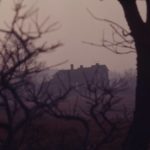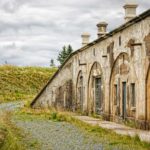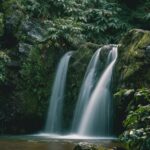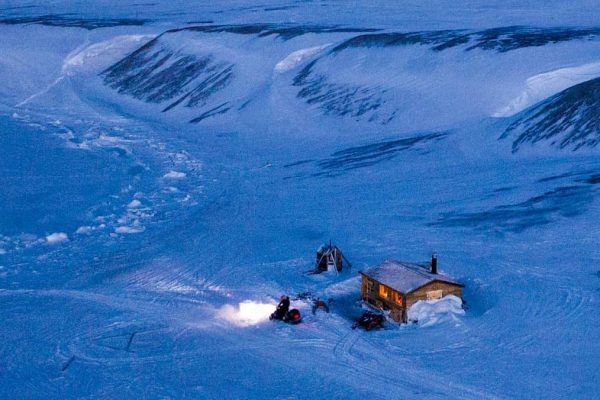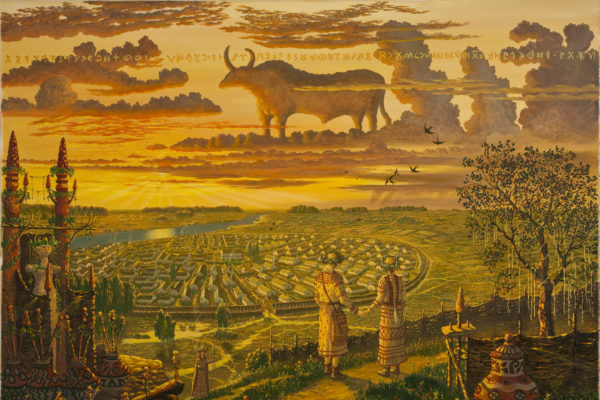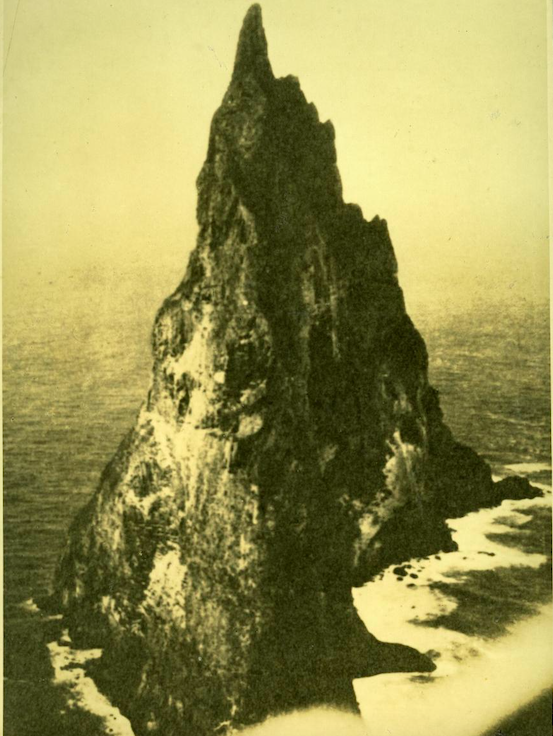
Beneath the crystalline waters of the South Pacific, 32 scientists from 12 countries emerged after a nine-week voyage to the depths. They’d been drilling for samples from a long-lost world, on a quest that sounds a whole lot like the premise of a Jules Verne novel: the expedition to Zealandia. Not that far beneath the sea – and sometimes, far above it – the ancient land sleeps. We’re not just talking lost villages, cities, or even a country, but Earth’s newly-baptised eighth continent. How has Zealandia been hiding in plain sight all this time? Is there a way for amateur explorers to find it? Is it possibly Atlantis? We had some burning questions about the discovery of this watery lost world…
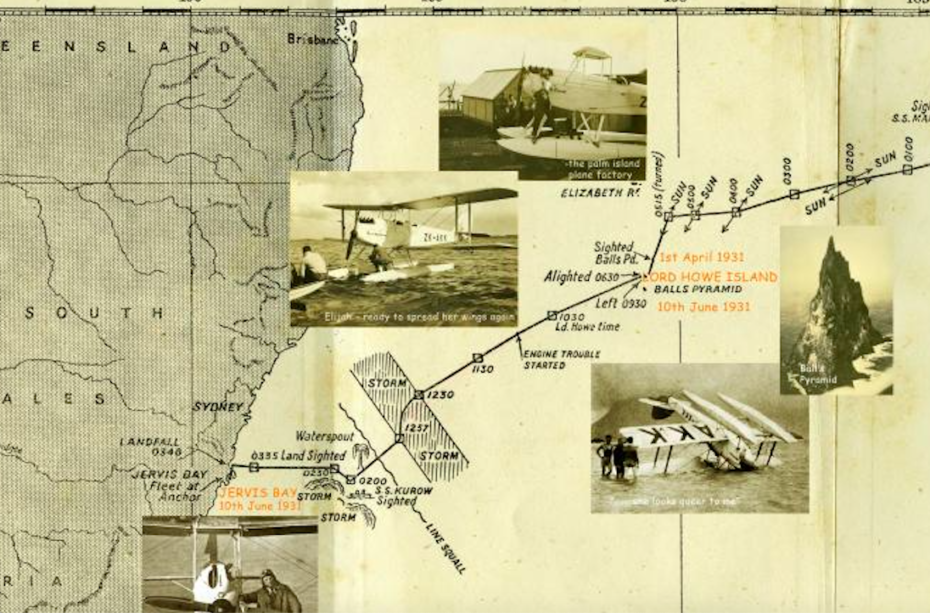
If you’re wondering how Zealandia slipped past the radar of your geography class, you’re not alone. The term itself was only coined in 1995, when Bruce P. Luyendyk, a geophysicist and oceanographer at UC Santa Barbara, wanted a name for the collective ‘broken’ land masses in the South Pacific (namely, New Zealand and New Caledonia). Thus, the term Zealandia was born. But Luyendyk also had another motive. Like most scientists at the time, he had a hunch that the islands weren’t just random specks in the sea.
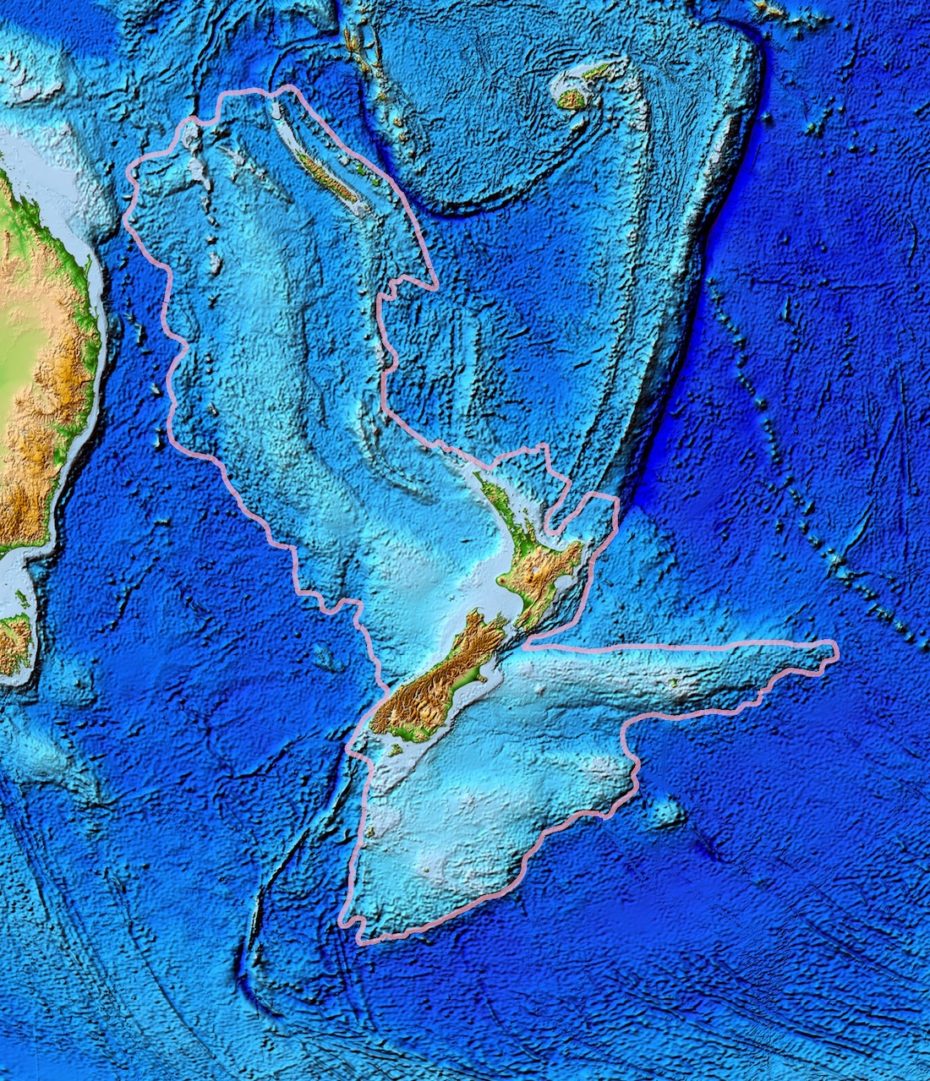
But it wasn’t until the dawn of new deep-ocean drilling and satellite technologies in the 2010s that researchers could firmly declare what they’d been suspecting since the latter-half of the 20th century: these islands were the remains of a solid, nearly 2 million-square-mile land mass. (Australia, for some context, is 2.97 million-square-miles). It’s a bit like that moment in adventure movies when the hero trips on an odd rock, only to realise it’s the spike of a much larger beast.
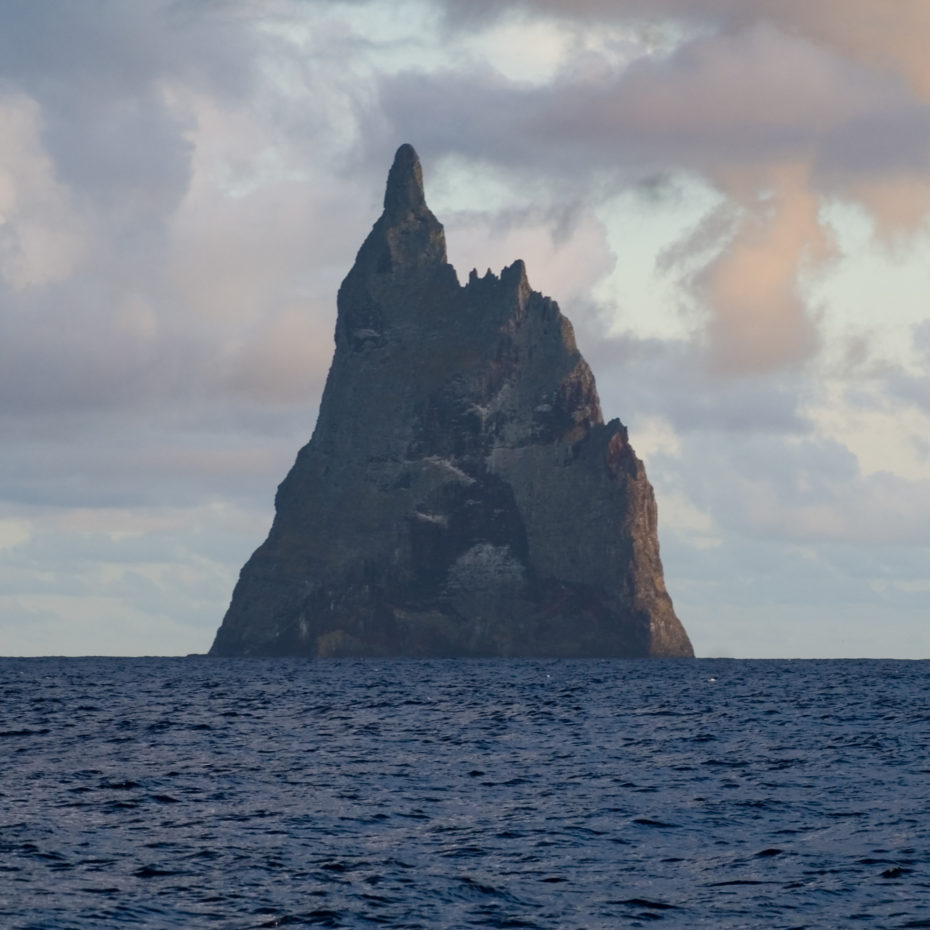
The 32-person heavy, 2017 expedition on the Joides Resolution ship yielded 8,000 specimens, from fossils to pollen samples scientists never dreamed they’d find in the waters.
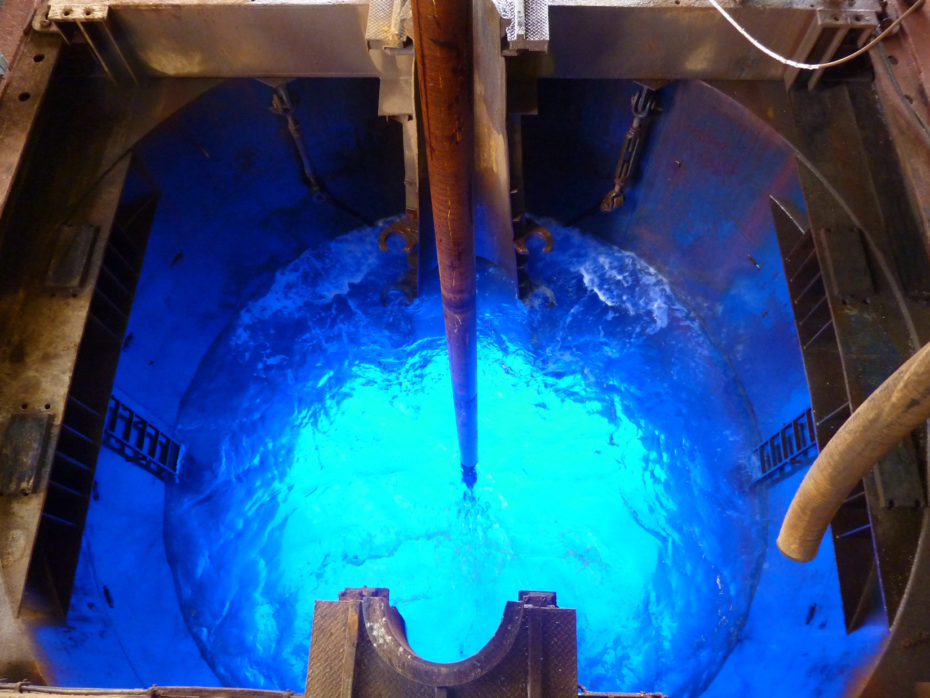
©IODP
Zealandia was once part of a (Pangea-level) old supercontinent named “Gondwana”. Then, about 80 million years ago, it broke off to form present-day Zealandia and was believed to have plunged and crumbled into the depths of the sea, forever lost. The tectonic plates have been warped over the years, but amazingly, scientists realised, they didn’t break. Even after millions of years, “Zealandia is substantially elevated above the surrounding oceanic crust,” researchers explained in a 2014 paper for the Geological Society of America.
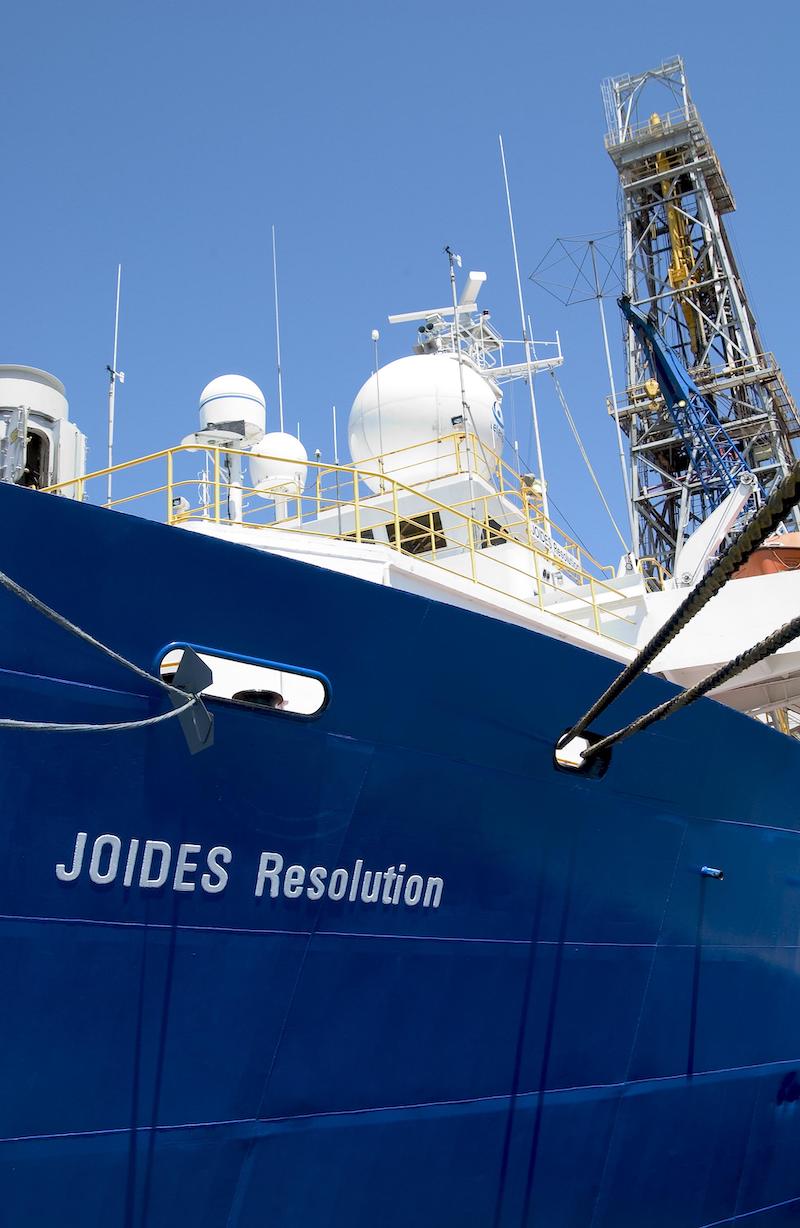
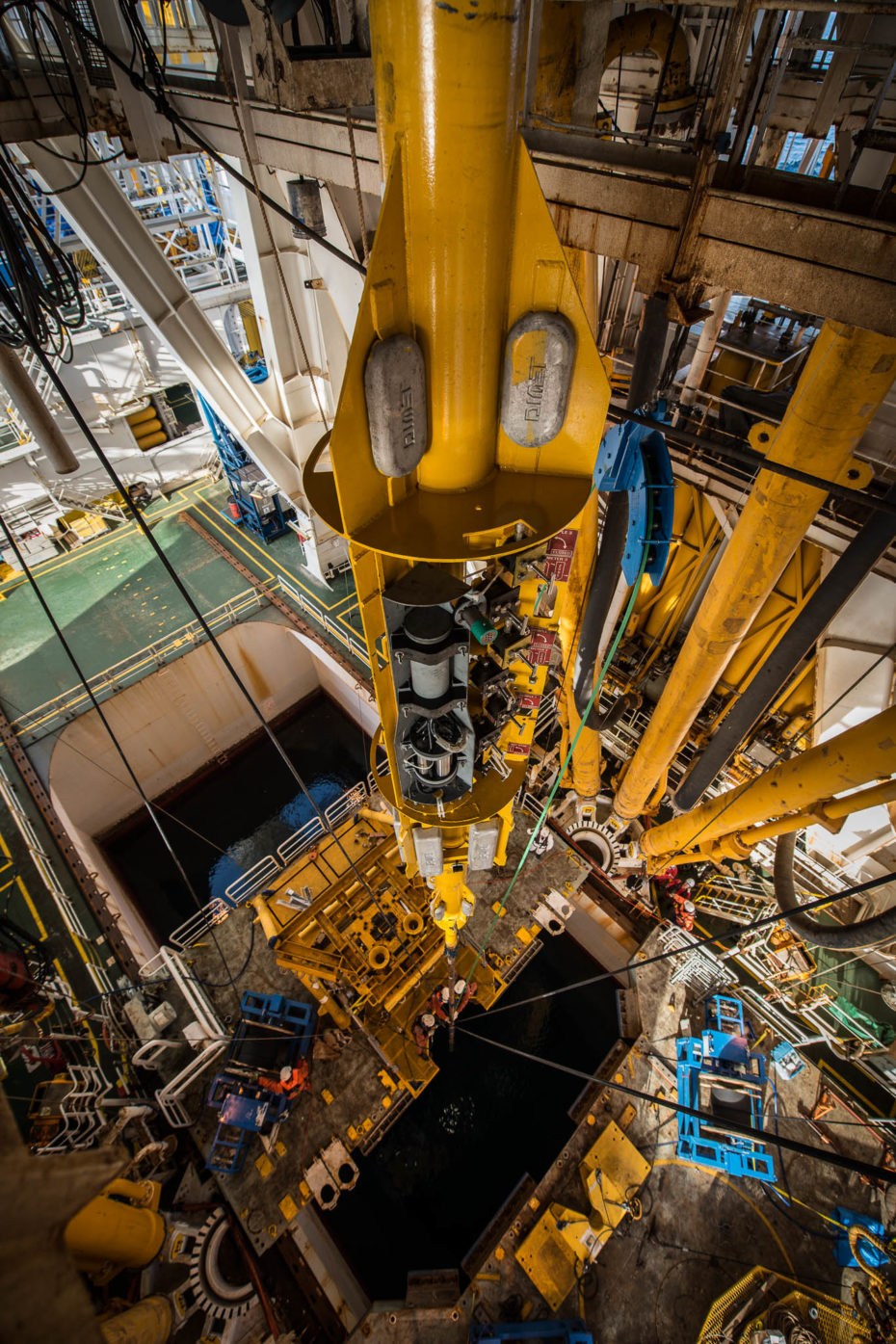
©Dick Peterse via National Science Foundation.
So, yeah, New Zealanders can now brag that their country isn’t a wee island, but the tip of a 94% aquatic, 8th continent. But if you really want to see some of the most isolated corners of Zealandia, to see the reaches that’ve gone truly untouched, you have to go about 400 miles to the northeast of Sydney, Australia…
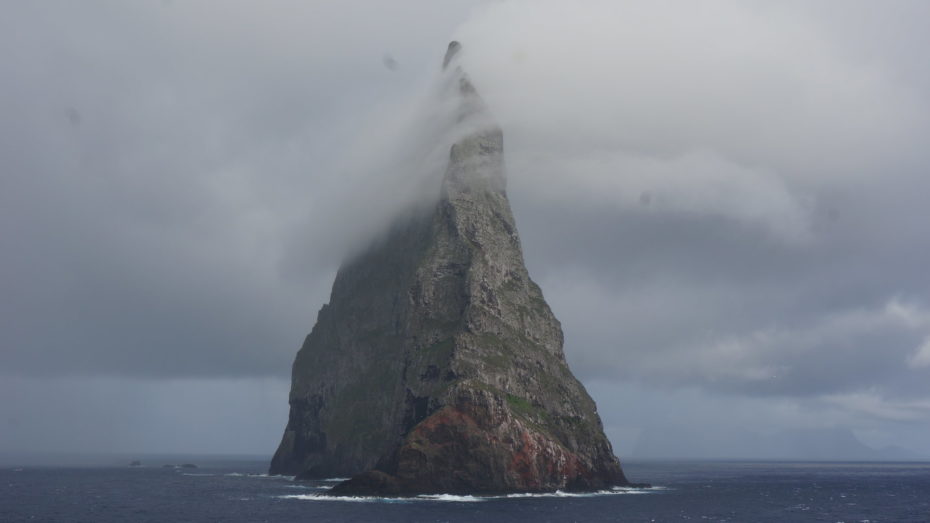
Welcome to Ball’s Pyramid, which is basically a spindly volcanic shard jutting out of the waves. It’s the tallest “sea stack” in the world at 551 metres tall, but only 300 metres wide, and hasn’t much changed since its creation millions of years ago, nor since its initial discovery in 1788. For centuries, few ventured out to its shores successfully…
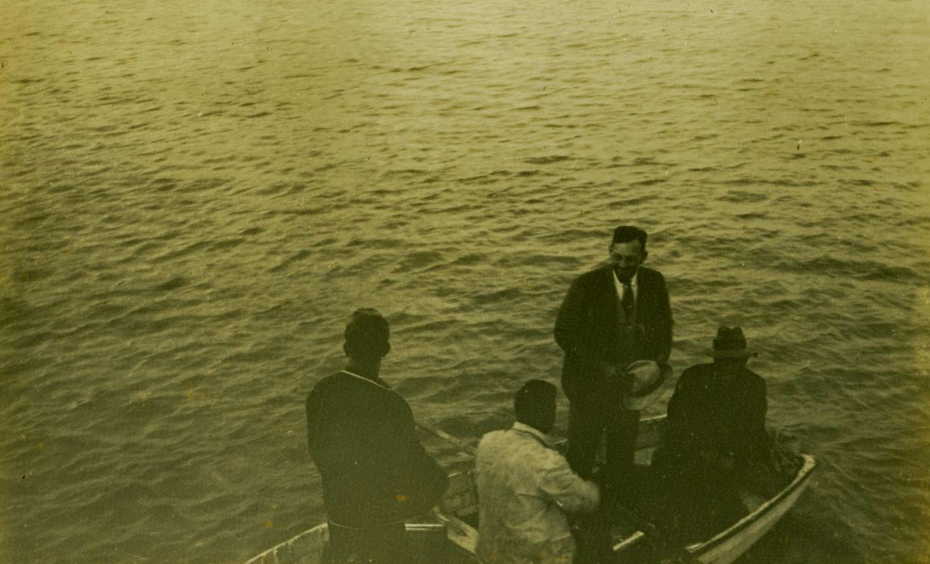
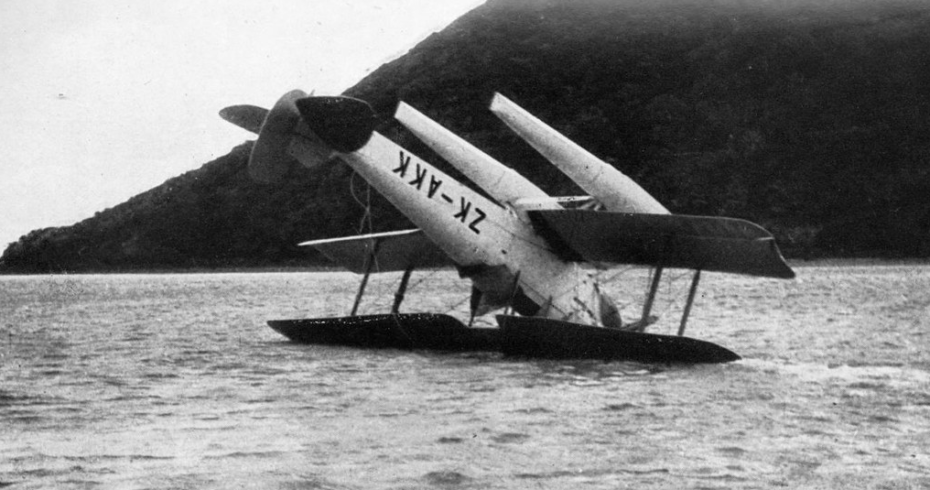
The diving and marine life is world-class, but the waters are extremely rough, so few get to see it. In true Jurassic Park fashion, it’s also home to the world’s rarest insect, the giant “Walking Sausage” stick bug that was believed to have been extinct before being rediscovered in 2001. They can get as big as baby’s forearm…which is why we’re sticking to an 1855 drawing for our more squeamish readers:
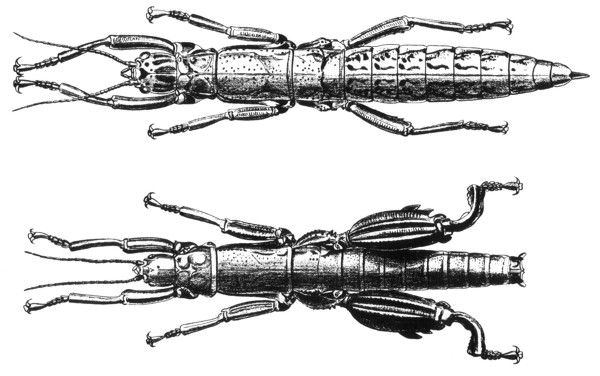
Any correlation between the continent and Atlantis, however, is a no. Zealandia was long “gone” by the time Plato came around, who also claimed Atlantis – also noted as a city, not a continent – was in the Atlantic. Still, there’s so much more than meets the eye in Zealandia. Rupert Sutherland, a crew member of the Joides Resolution, told the academic publication The Conversation that “it remains sparsely surveyed and sampled. We have better maps of the moon.” Many folks are also wondering if the new geographical classification could have an awkward political and economical impact, opening the floodgates to a new, underwater land-grab. Only time, and science, will tell. Until then, Zealandia’s secrets remain guarded by its watery depths…
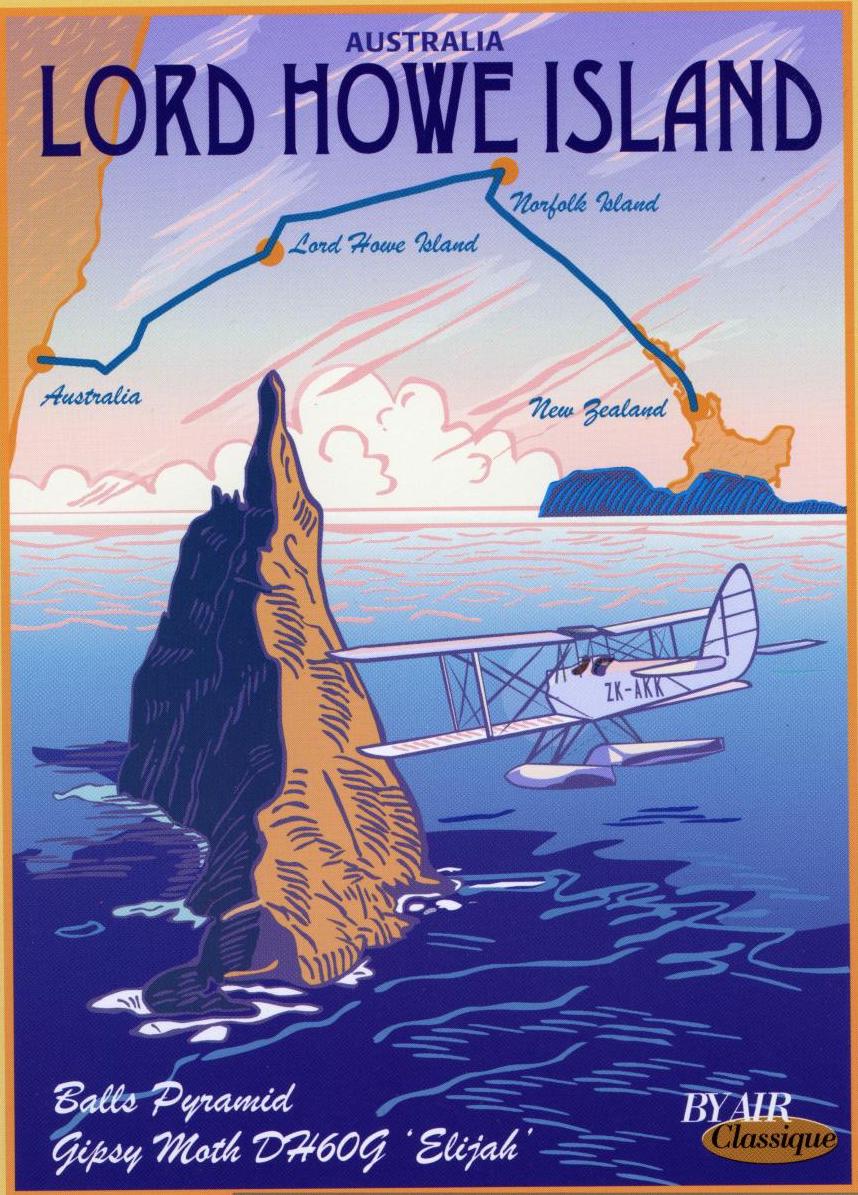
Learn more about visiting Ball’s Pyramid and the surrounding Lord Howe Island here.


